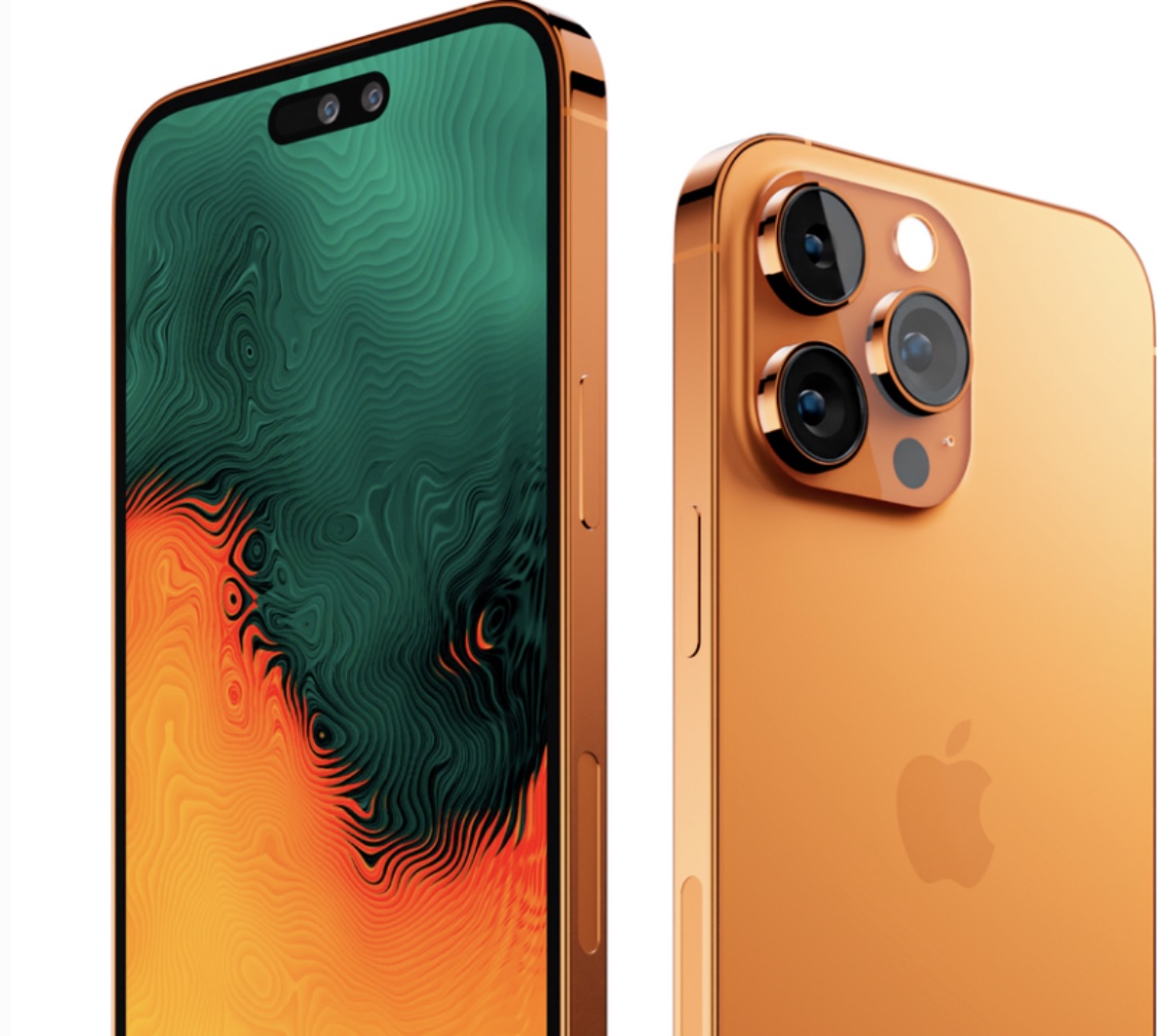
Analyst: iPhone 15 likely to see a spec upgrade of UWB : Tech Live Trends
In a new Twitter post, analyst Ming-Chi Kuo says the iPhone 15 will likely see a specification upgrade of UWB, with the production process moving from 16nm to more advanced 7nm, allowing for improved performance or reduced power consumption for nearby Interactions.
The iPhone 15 line-up will probably debut in September or October. Here’s a round-up of some of the other rumors about them:
° Apple will rearrange the layout of the rear triple-lens camera system on the iPhone 15 Pro Max to accommodate the new periscope camera technology that will be exclusive to the larger handset.
° iPhone 15 Pro and iPhone 15 Pro Max models will introduce a new button press combination to power off and force restart the devices.
° They may feature a unified volume button.
° The volume controls on the side of the iPhone 15 Pro may be a single unified rocker button.
° Pro models may pack 8GB of RAM.
° The iPhone 15 and iPhone 15 Pro’s USB-C port and accompanying charging cables will feature a Lightning-like authenticator chip, potentially limiting their functionality with accessories that aren’t Apple-approved.
° The iPhone 15 models will sport support for faster charging speeds when used with MFi-certifiated USB-chargers.
° The iPhone 15 Pro will be offered in a “stunning new dark red color option.”
° iPhone 15 Pro models will have improved LiDAR scanners that offer better battery life and improved performance.
The standard iPhone 15 models may lack support for ProMotion and an always-on display.
° The iPhone 15 Pro models will see a price increase due to several rumored hardware upgrades.
° The iPhone 15 Pro and Pro Max will use a new ultra-low energy microprocessor.
° Apple’s plans for “haptic buttons” on the iPhone 15 have been scrapped. Instead, the tech giant plans to debut the feature on the 2024 iPhone 16.
In the Twitter post, Kuo also comments on the iPhone 16, which will arrive in 204. He says the iPhone 16 will likely upgrade to Wi-Fi 7, which will be more conducive to Apple’s integration of hardware products running on the same local network and provide a better ecosystem experience.


